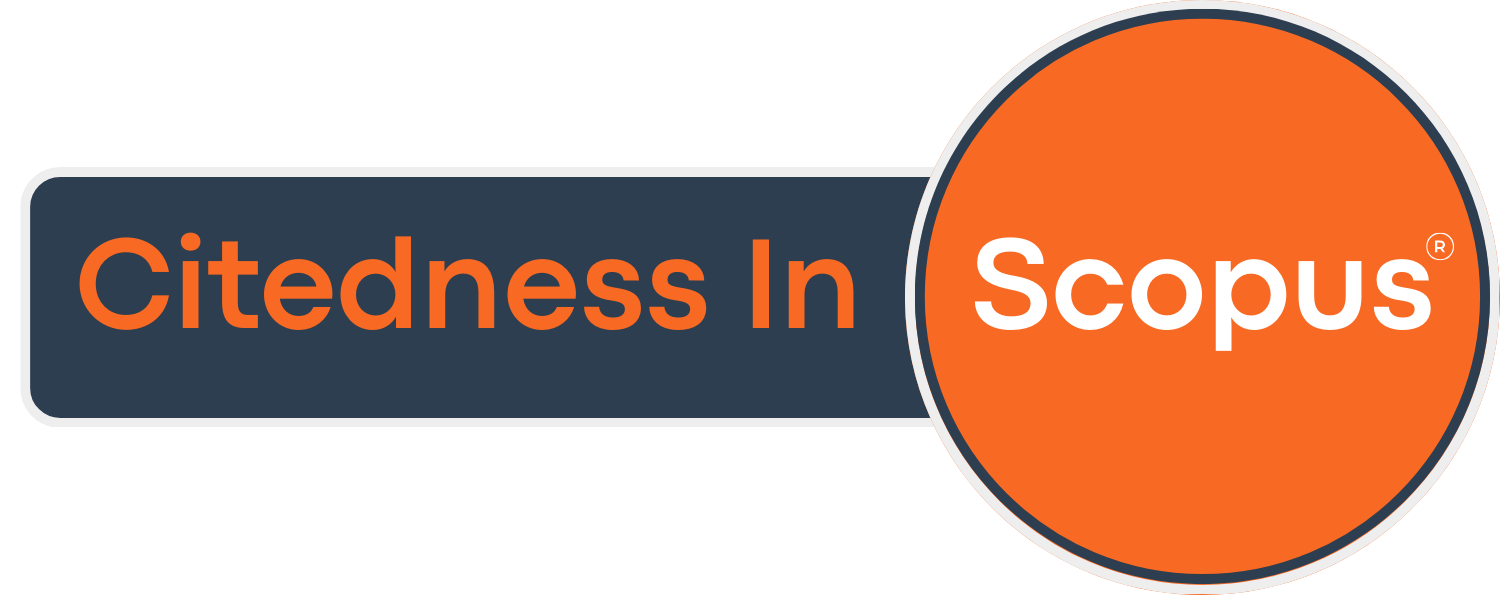Pengaruh Penambahan Kadar Gula Pasir pada Lem Besi Tipe Epoxy terhadap Tegangan Geser Sambungan
Effect of Addition of Granulated Sugar Levels to Epoxy Type Iron Glue on Sliding Connections
DOI:
https://doi.org/10.21070/r.e.m.v3i1.1589Keywords:
Adhesive Bonding, Shear Stress, Sugar VariationAbstract
This research concerned on glueing by adding sugar variation toward metal shear strength tested with tensile test. Shear strength test was conducted as method of this research with tensile test tool where variation of additional suggar is respectively 1 gr, 2 gr, 3 gr, and 4 gr with 3 specimens for each variation. Result of testing shows that the highest value of shear strength is 0.69 kg/mm2 on variation of 1 gr additional sugar. Whereas, 2 gr additional sugar variation resulted the highest shear stress of 0.30 on specimen no. 2. Meanwhile, on 3 gr variation, the highest value is 0.821 kg/mm2 on specimen no. 3. The last variation of 4 gr additional sugar has the highest value on 0.074 for specimen no. 2. It confirms that adding powder on epoxy glue will increase displacement or additional length during testing process. Yet, the highest displacement occur in 3 gr additional sugar variation. It is due to the additional sugar of 3 gr made epoxy dense and less stiff compare with 1 gr, 2 gr, and 4 gr additional sugar. It is as depicted by Table 4.2 on 4 gr variation for shear stress and tensile stress.
References
Wei X., and Wei Y., “Strength and interface failure mechanism of adhesive joints,” International Journal of Adhesion and Adhesives, no. 34, p. 80-92, 2012.
Amar Prakash, J. Rajasankar, N. Anandavalli, Mohit Verma, Nagesh R. Iyer, “Influence of adhesive thickness on high velocity impact performance of ceramic/metal composite targets,” International Journal of Adhesion and Adhesives, no.41, p. 186-197, 2013.
Wenyu Q., Bao H., Li x., Jin S dan Gu Z., “Research Conductive Adhesive Filed With Mixed filler,” International Journal of Adhesion an adhesive, no 48, p. 159, 2014.
Khairul Anam, “Pengaruh Penambahan Serbuk Logam/Non-Logam Terhadap Kekuatan dan Perilaku Rambat Retak pada Sambungan Lem Epoxy,” Journal of Environmental Engineering and Sustainable Technology, vol.2, no.2, pp. 67-71, 2015.
Rahmazam K., Sunar M. dan Yilbas B., “Influence of Adhesive Thickness and filler Content on The Mechanical Performance of Aluminum Single-Lap Joints Bonded with Aluminum Powder Filled Epoxy Adhesive,” Journal of Materials Processing Technology, no. 205, pp. 183-189, 2008.
Dieter, George, E., “Mechanical Metallurgy”, London: McGraw-Hill, 1988.
Downloads
Published
Issue
Section
License
Copyright Notice
Authors retain copyright and grant the journal right of first publication with the work simultaneously licensed under a Creative Commons Attribution 4.0 International License that allows others to share the work with an acknowledgement of the work's authorship and initial publication in this journal.







